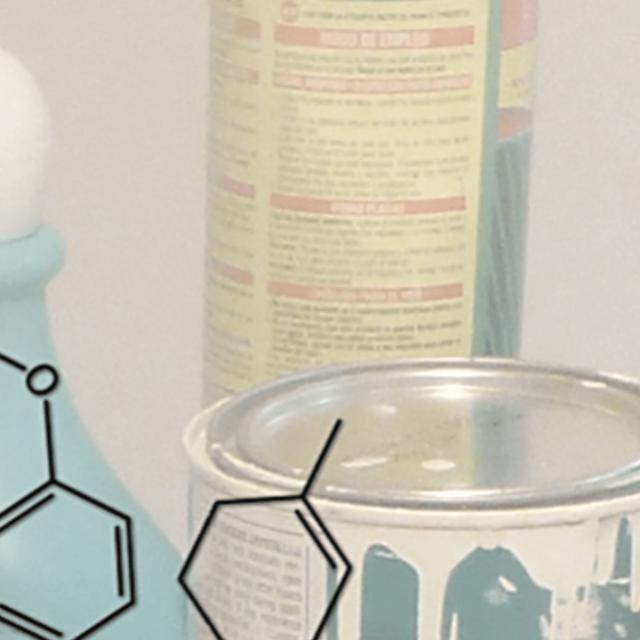Healthy and Sustainable Foods and Products Specialization
Assess Sustainability & Health of Foods & Products. This course series provides you the concepts, quantitative metrics, data and tools, to define, assess and improve the health and sustainable performances of foods and products over their entire life cycle
To learn how to address these questions, this course series presents life cycle-based quantitative tools towards healthy and sustainable foods and products. It addresses the sharply rising demand from consumers and companies worldwide to provide reliable tools to assess and reduce impacts of production and consumption on health and the environment. This series will enable learners:
- To identify the main factors impacting health and the environment and the key conditions and trade-offs to reach sustainable and healthy consumption respecting our planetary limits, while analyzing the health impacts of global trade.
- To assess the nutritional and sustainable performances of 5800 foods, analyzing trade-offs between environmental, affordable and healthy foods and diets.
- To assess the environmental impact of products and systems over the entire product life cycle, from cradle to grave, applying each of the four phases of the Life Cycle Assessment (LCA) methodology to multiple products and services.
- To evaluate and mitigate exposure, impacts and risks of chemicals in a range of products including personal care, cleaning, building products and toys, as well as impacts of fine particulate emitted along their life cycle. The series concludes with an exposome-based approach to health.

